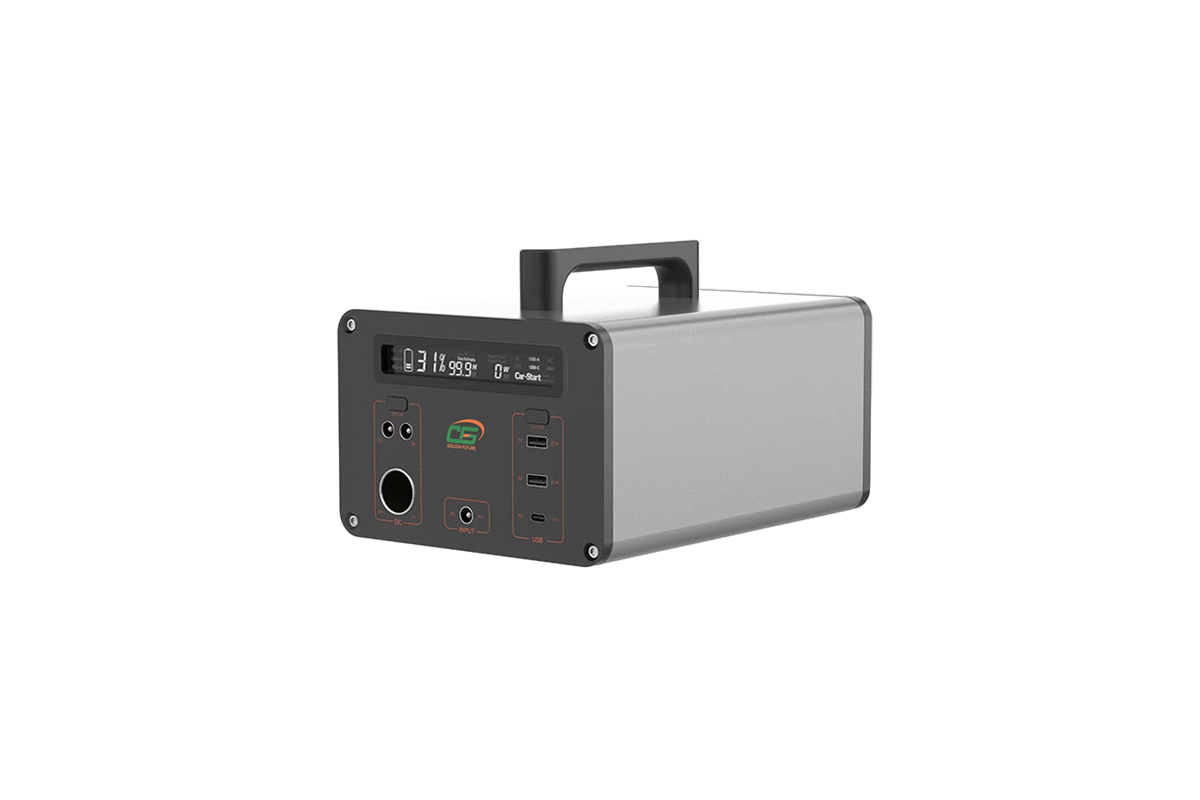

Time:2025-02-15 Views:1

hydride energy storage batteries operate based on an electrochemical reaction that allows for the storage and release of electrical energy. At the heart of this process are two electrodes: a positive nickel hydroxide electrode (\(Ni(OH)_2\)) and a negative metal hydride electrode.
During the charging process, an external electrical current is applied. At the positive electrode, nickel hydroxide is oxidized. The reaction can be represented as \(Ni(OH)_2 + OH^- \rightleftharpoons NiOOH + H_2O+e^-\). The electrons released during this oxidation reaction flow through the external circuit, creating an electric current.
At the negative electrode, hydrogen ions (\(H^+\)) from the electrolyte combine with the metal alloy in the metal hydride electrode to form metal hydride. The electrolyte, usually a potassium hydroxide (KOH) solution, facilitates the movement of hydroxide ions (\(OH^-\)) between the two electrodes.
When the battery is discharging, the reverse reactions occur. The metal hydride at the negative electrode releases hydrogen atoms, which are oxidized to hydrogen ions. These hydrogen ions react with the hydroxide ions in the electrolyte, and the electrons released during this reaction flow through the external circuit to power the connected device. At the positive electrode, nickel oxyhydroxide is reduced back to nickel hydroxide.
This reversible electrochemical reaction enables the hydride battery to store and release electrical energy, making it a useful energy storage device for a variety of applications.
Read recommendations:
Selection of Notebook Energy Storage Lithium Batteries
Portable High - Conversion - Efficiency Energy - Storage Power Supplies